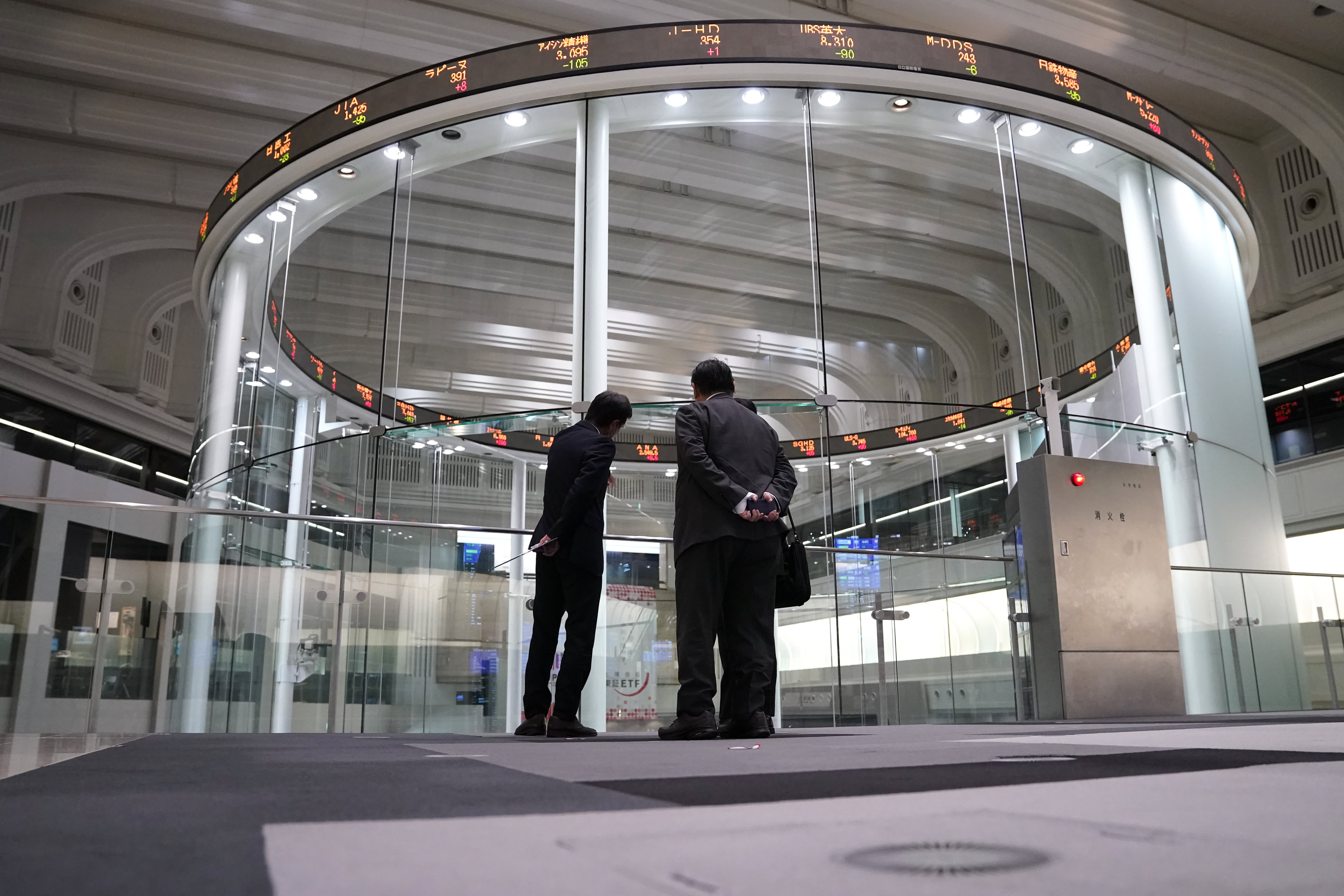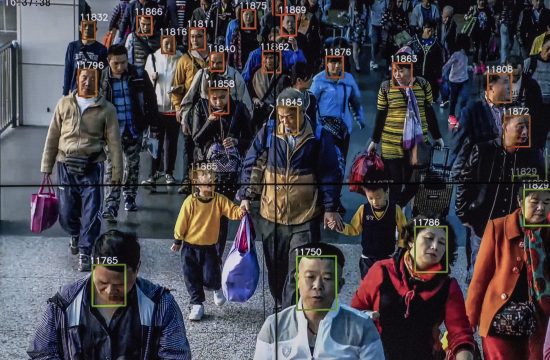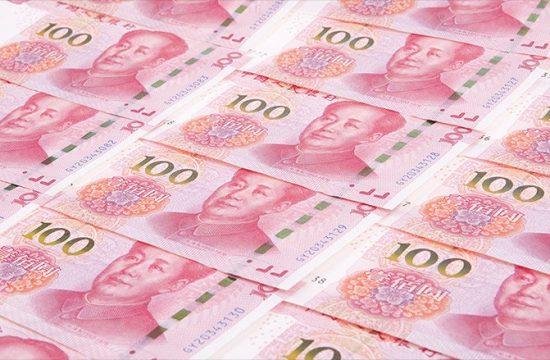
SINGAPORE — Asia-Pacific markets lost their early momentum on Wednesday after investors overnight returned to risky assets, confident that a massive U.S. stimulus package will soon be approved.
The Nikkei 225 gave up early gains to trade near flat and the Topix index also remained little changed. South Korea’s Kospi pulled back gains of more than 1% after market open to trade near flat while the Kosdaq rose 0.27%.
In Australia, the benchmark ASX 200 was unable to sustain early gains and fell 0.31% where the energy sector tumbled 2.11% as oil prices remained under pressure. The heavily-weighted financials subindex as well as the materials index were also down 0.76% and 1.92%, respectively.
Chinese mainland shares gained: The Shanghai composite added 0.22% while the Shenzhen component jumped 0.83%. In Hong Kong, the Hang Seng index rose 0.33%.
The session in Asia-Pacific followed an overnight session on Wall Street where bond yields declined and tech stocks staged a comeback — the Nasdaq Composite climbed 3.7% to post its best day since November.
“Global equities pushed higher as risk appetite returned,” according to a Wednesday morning note from analysts at ANZ Research. “Investor confidence was buoyed by expectations that (U.S. President Joe) Biden’s USD1.9trn fiscal stimulus package will soon be approved.”
Democrats in the U.S. House of Representatives are aiming to pass the $ 1.9 trillion coronavirus relief bill on Wednesday so that Biden can sign it by the weekend. The legislation extends a $ 300 per week jobless benefit boost and programs expanding unemployment aid to millions more Americans through Sept. 6.
Currencies and oil
In the currency market, the U.S. dollar rose 0.19% to 92.129 against a basket of its peers, but it stayed off from levels around 92.503 reached in the previous session.
The Japanese yen changed hands at 108.77 per dollar, weakening from a previous level around 108.45, while the Australian dollar fell below the $ 0.77 mark, down some 0.38% to $ 0.7682.
Carol Kong, a currency strategist at the Commonwealth Bank of Australia, said in a morning that outside of short-term downside risks, the bank is bullish on the Australian dollar, predicting it will reach around $ 0.83 in the third quarter of 2021.
“Australia’s successful virus containment has contributed to its ‘v‑shaped’ economic recovery,” Kong said in the note, adding that with Covid-19 vaccines being rolled out that bounce back could accelerate. That could potentially tighten the labor market earlier than expected.
“As a result, the (Reserve Bank of Australia) may tighten monetary policy before the (U.S. Federal Reserve) which poses upside risks to our AUD/USD forecast profile,” she said.
Elsewhere, oil prices remained under pressure. During Asian trading hours on Wednesday, U.S. crude fell 0.62% to $ 63.61 while Brent declined 0.73% to $ 67.03. The global benchmark topped the $ 70 mark earlier this week following reports that Saudi oil facilities were targeted in missile and drone attacks.
Saudi Arabia said there was no significant infrastructure damage which saw oil prices pull back.


